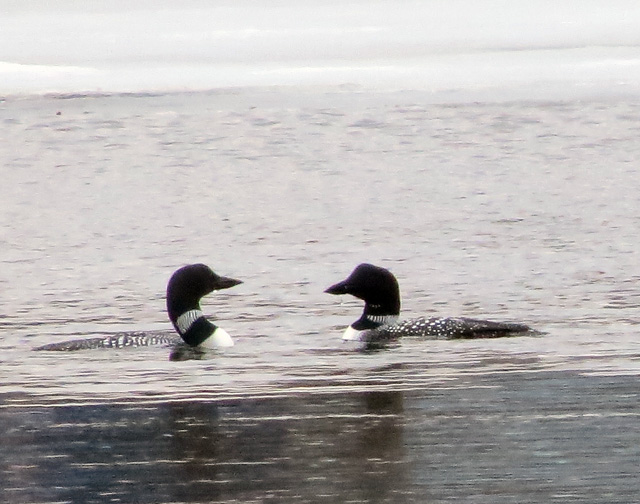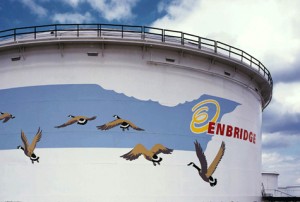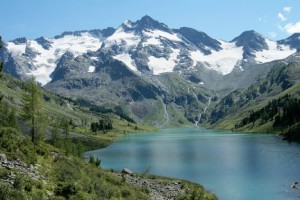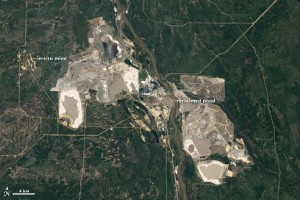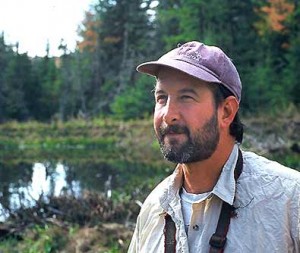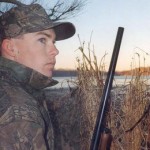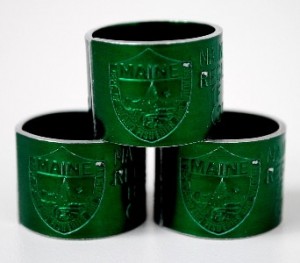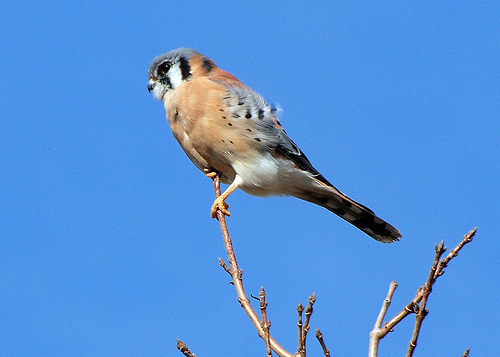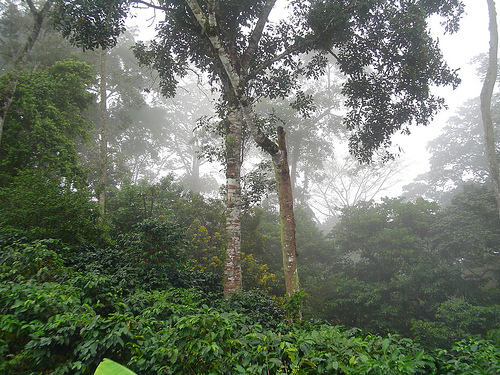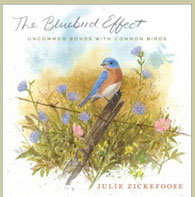My dentist lives on a nearby lake (Elmore) so while I was being examined by him the other day, I asked if the ice was out yet. He replied “No, but isn’t it amazing – the first day it’s gone the loons arrive? How do they know?”
I mentioned that they perform recco flights and hang out until it’s time. I related a story of an incident last month at our local airport where a loon crashed landed on the dark runway and had to be rescued. Here’s the report by Eric Hansen, who is the biologist for the Vermont Loon Recovery Project.
…On March 27, a Common Loon crash-landed at the Berlin Airport. Owen Montgomery, who works next door at the U.S. Department of Agriculture office, picked up the bird and found that it had few scratches. It seemed healthy otherwise.
John Buck of the Vermont Fish and Wildlife Department transported the loon to Sara Eisenhower at VINS Wildlife Services for examination. The loon was healthy minus making the mistake that the Berlin Airport does not have a runway for seaplanes (airports in Alaska have canals next to their terrestrial runways). VINS released the bird on the Connecticut River.
This loon was likely already performing reconnaissance flights to return to its territory. Males tend to return first, thus maybe this was the male from Berlin Pond. It may have been tired from the flight, possibly from the New England coast. Loons will fly hundreds of miles in a single migratory flight. It saw the black of the runway, and, like the rest of us suffering from spring fever, perhaps had notions of water, sun, and fish.
Yesterday, on a cool grey day, I did some birding up in Caledonia County and heard for the first time this year the wonderful call of a Common Loon lifting off water. It flew right over me at Hardwick Lake, which is open and where were three. Another three were at Joe’s Pond which has very little open water. Here is a low-light shot of a couple who were hanging out together. You can see the ice in the background.
The loons we see in Texas are in winter plumage, essentially solid black, and are silent. The first lesson we learn in distinguishing them from Double-crested Cormorants is the way they hold their bill level while the cormorants have theirs pointed slightly upward.
There were only seven pairs of Common Loons thirty years ago in Vermont. Now there are more than 70 breeding pairs across the state. Due to the work of Vermont Center for Ecostudies, Vermont Fish & Wildlife, and hundreds of volunteers, this is a great success story to celebrate on the day after Earth Day.
If you like this VTbirder post, you can sign up through rss or email box to the right for new posts.

